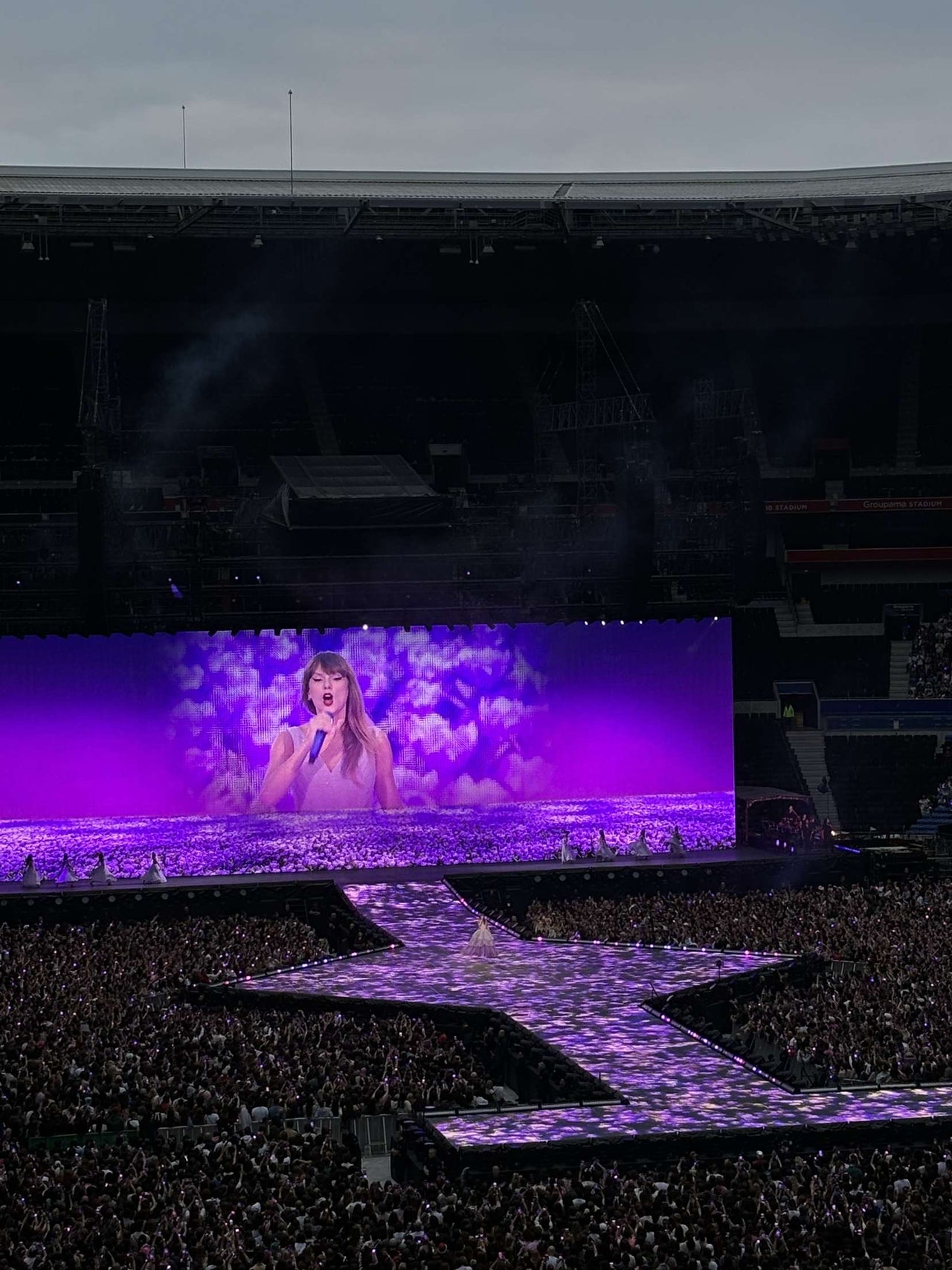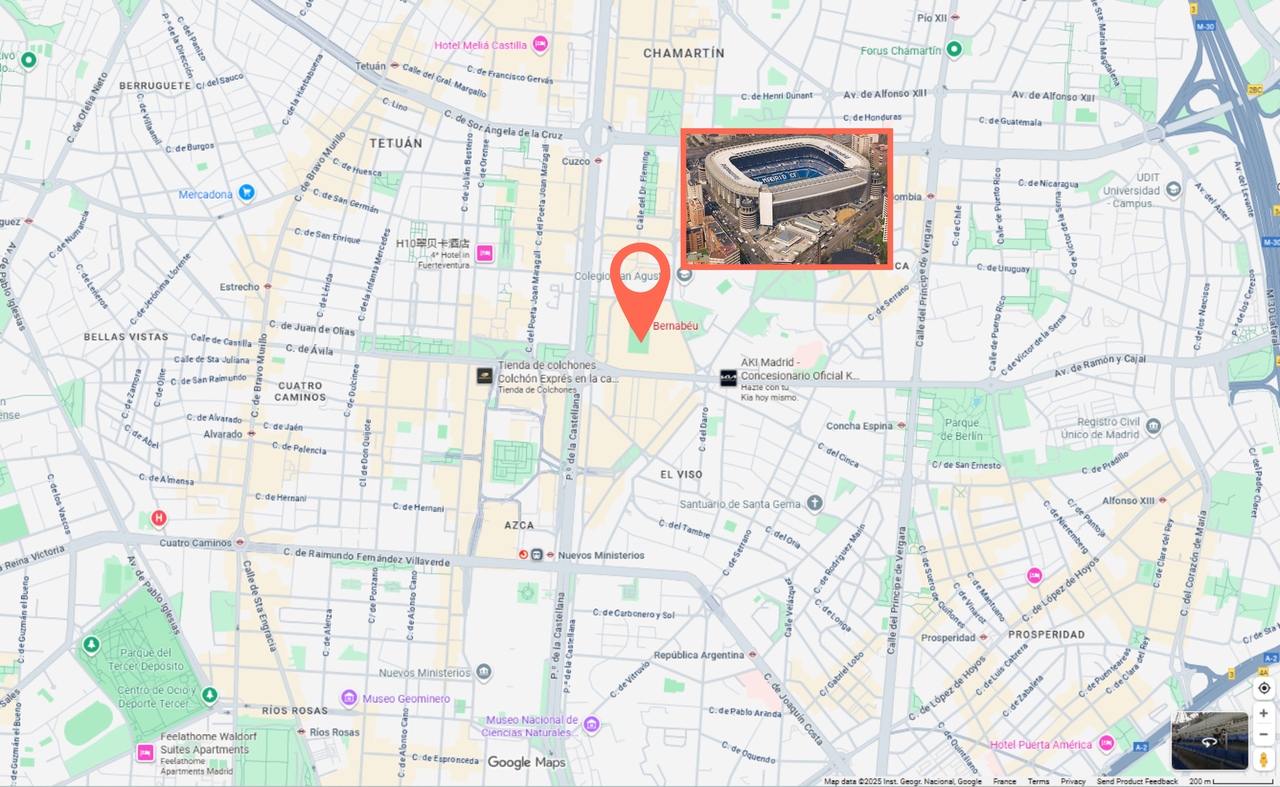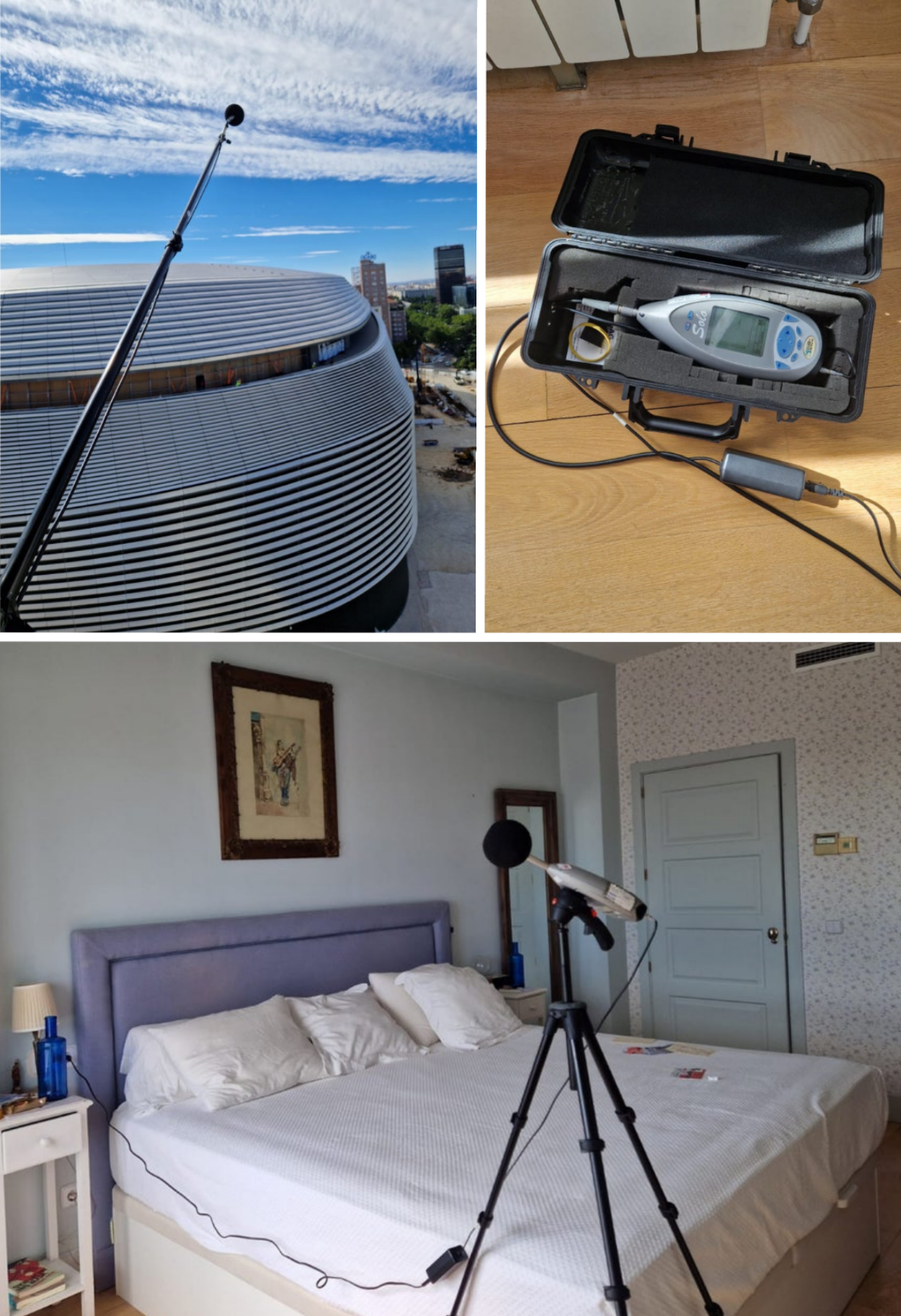
Modeling noise pollution in urban areas: the case of the Santiago Bernabéu Stadium




Are you a local authority or event organizer facing sound management challenges?
Contact ACOEM to find out how our environmental monitoring and noise surveillance solutions can help you.




